A simple question deserves a simple answer – but don’t expect one here.
This question was asked on social media by Matt Miller in response to news that we were heading to Amsterdam for our first European test drive of the Tesla Model 3. “Interested to see how you think it compares to the standard, uppity sports sedans. Would you own a Tesla Model 3 over an Audi A4 or BMW 3 Series?”
This article was originally published on 30 March 2019. We're revisiting some of Autocar's most popular features to provide engaging content in these challenging times.
Well, would we? After the big build-up, is this the car that could finally make the electric vehicle usable, affordable, practical and viable for people not as a replacement for a city-hopper or school-run supermini or a family’s second car, but in place of a proper, good-sized, fairly high-mileage executive saloon?
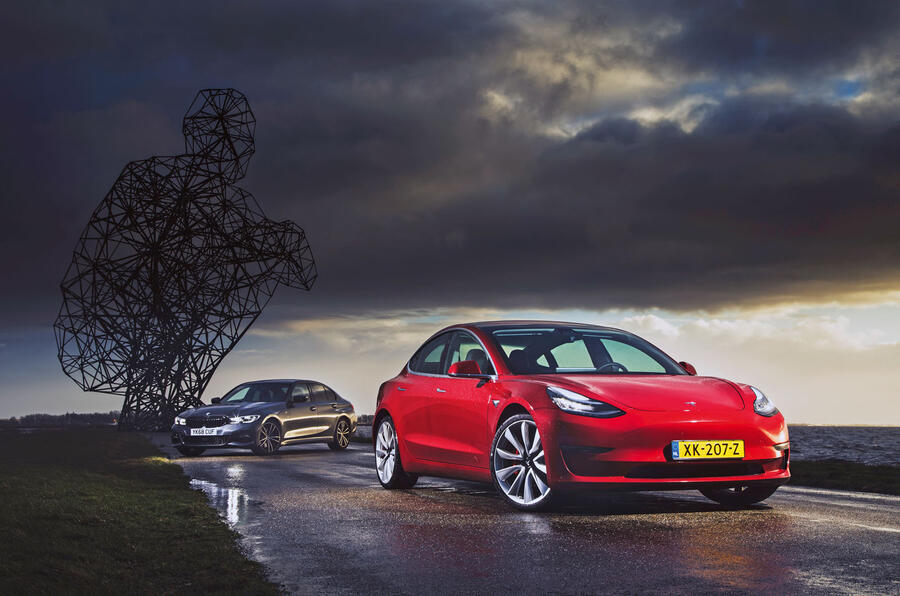
We had 36 hours to begin finding some answers, with the keys to a range-topping Model 3 Performance in one hand and those for a brand-new BMW 330i M Sport in the other. We knew before we started, of course, that this would be only the beginning of a long process, and a critical year, in establishing exactly what the state of the zero-emissions passenger car art currently is. Of establishing, too, exactly how much the Model 3 moves the game on; and whether it’s quite the transformative car that Tesla’s ever-zealous supporters so desperately hope it’ll be.
An imperfect start, you might even say. You wouldn’t chose to line this particular Model 3 up against this 3 Series if you had the pick of both full model lines, after all.
The Model 3 Performance is one of only two versions of the car that are now on sale in mainland Europe. It has twin electric motors; 444bhp of peak power; and 471lb ft of torque from zero rpm; and it is good for 62mph from rest in what, I assure you, is a 3.4sec dash that gives new meaning to the word ‘startling’. It’s also likely to cost UK buyers in excess of £60,000 at list price. Cue a swift intake of breath.

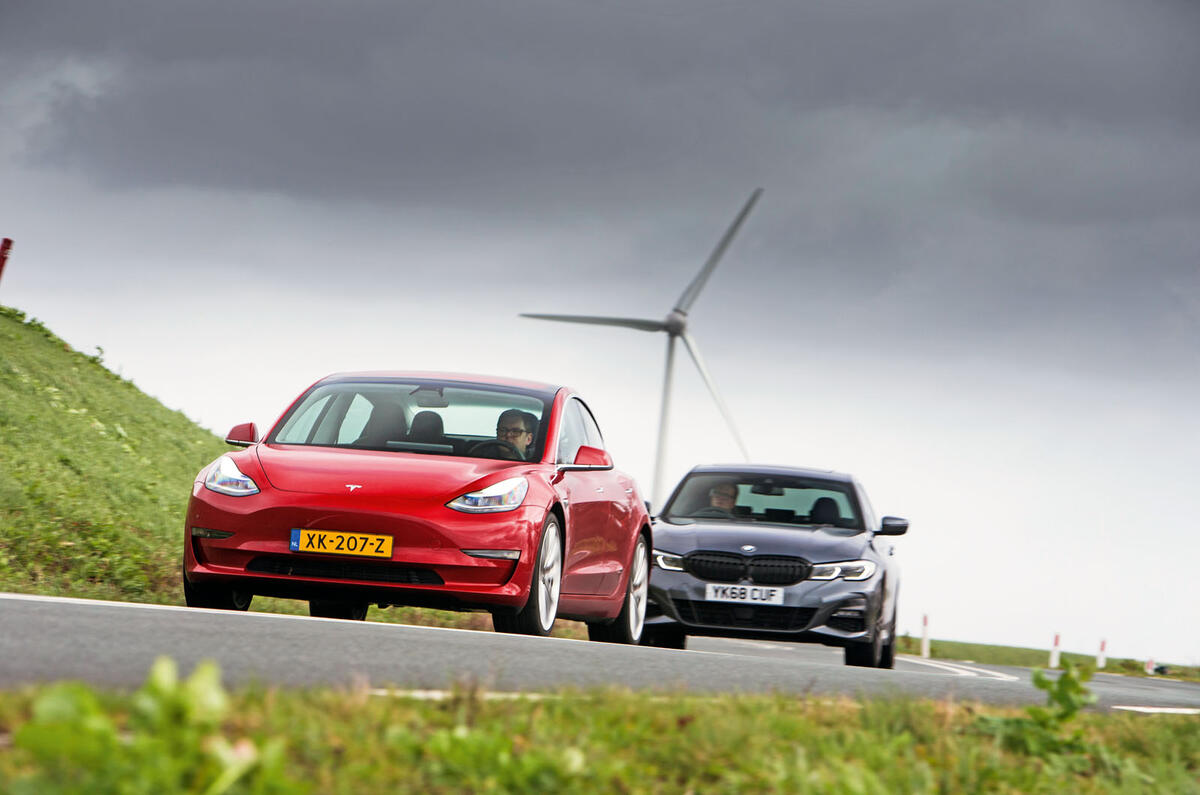
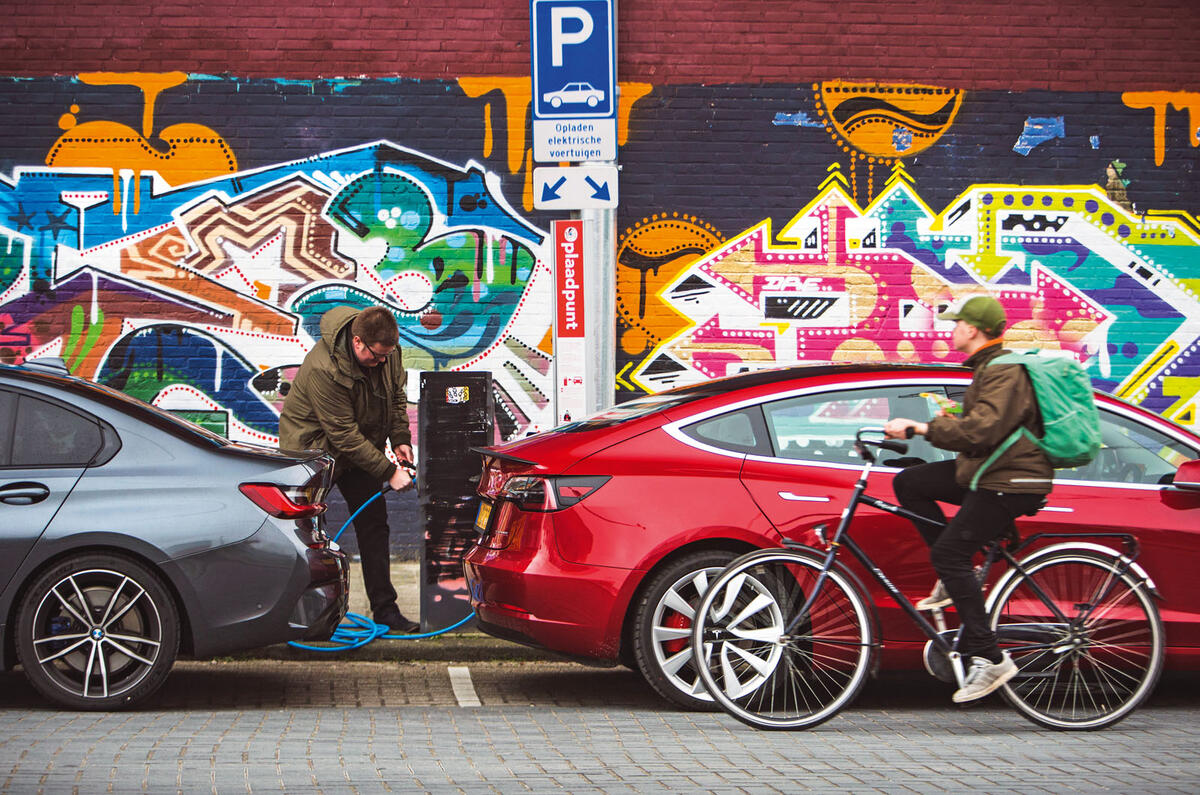
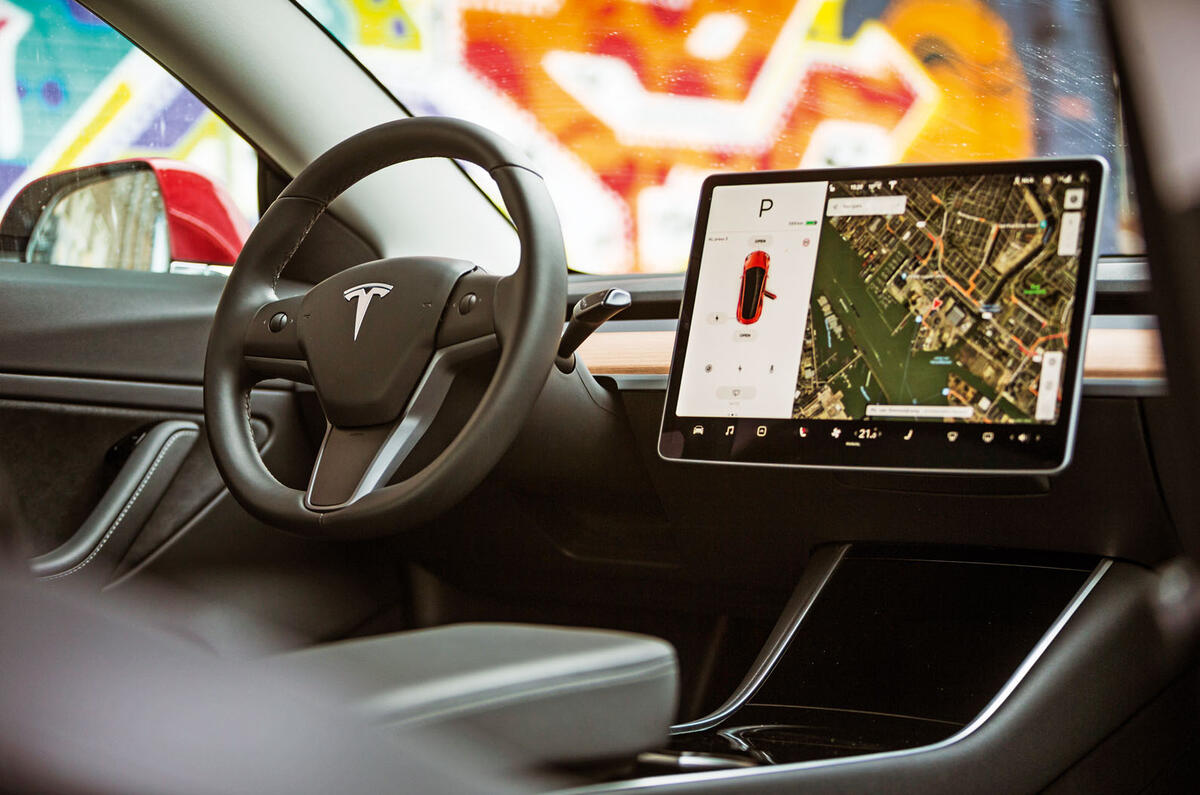

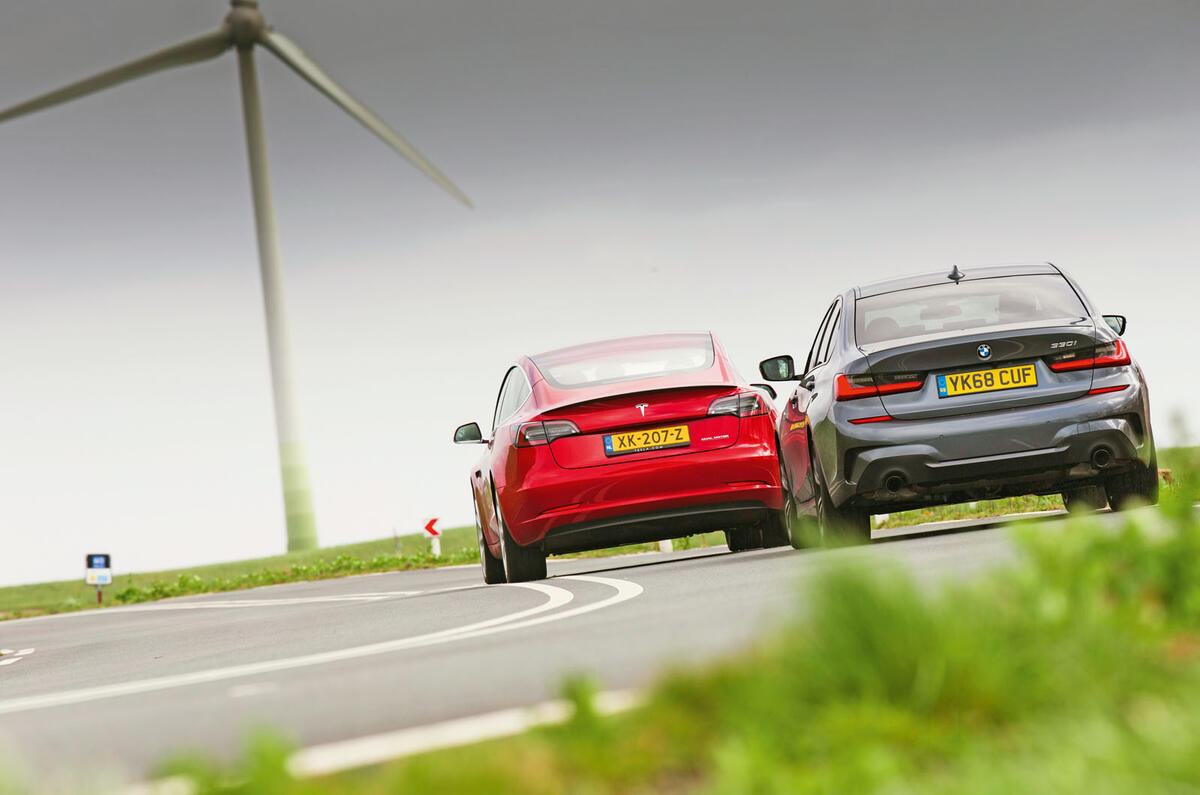
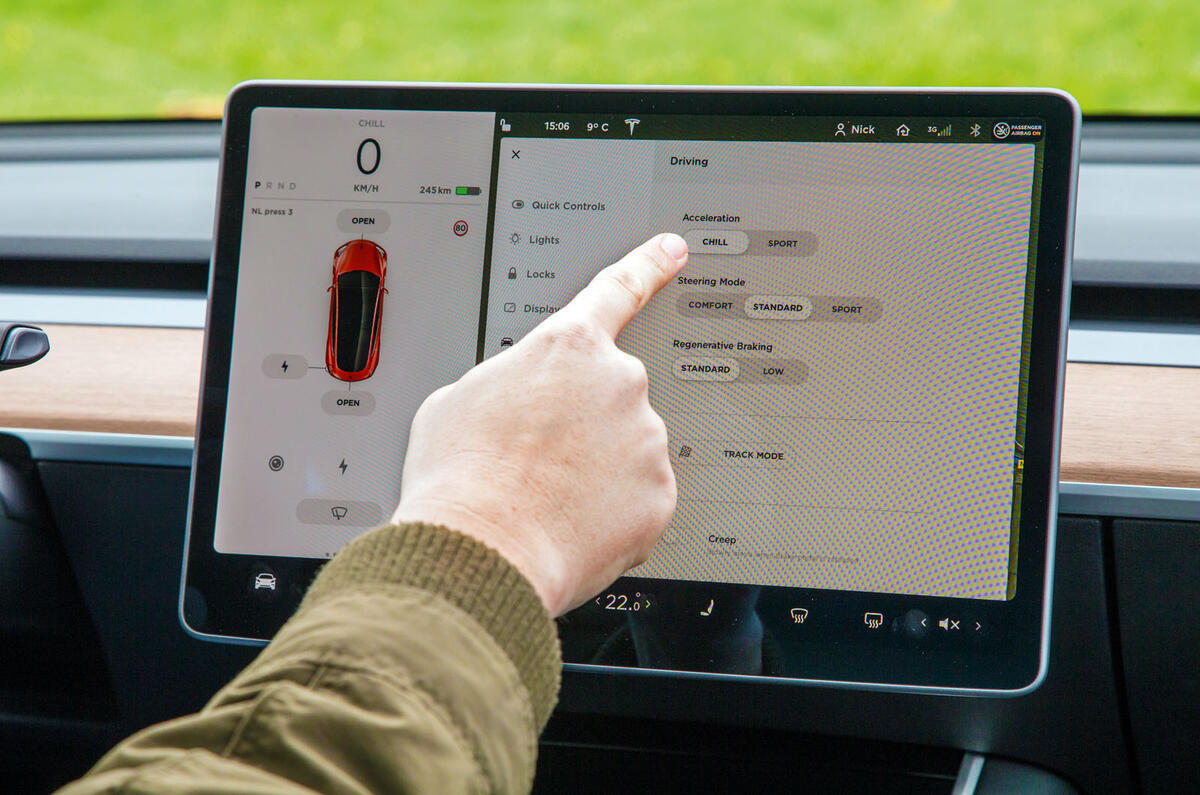


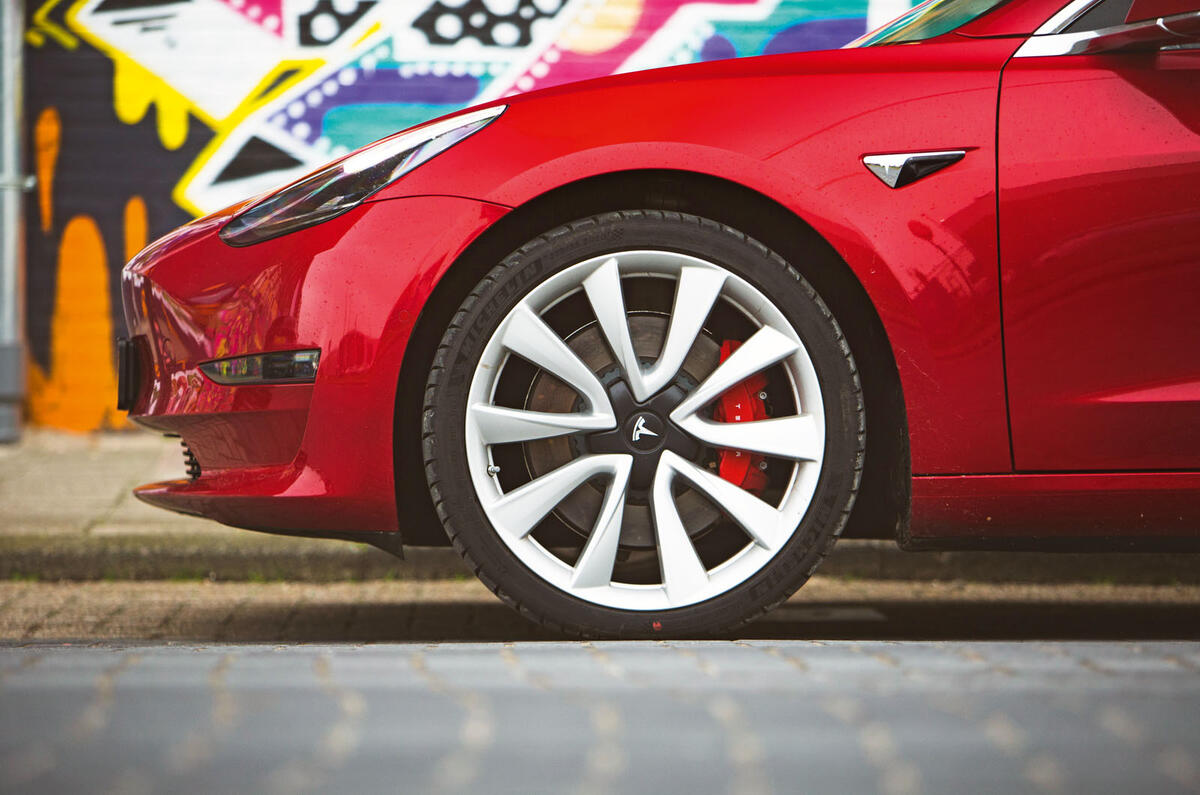
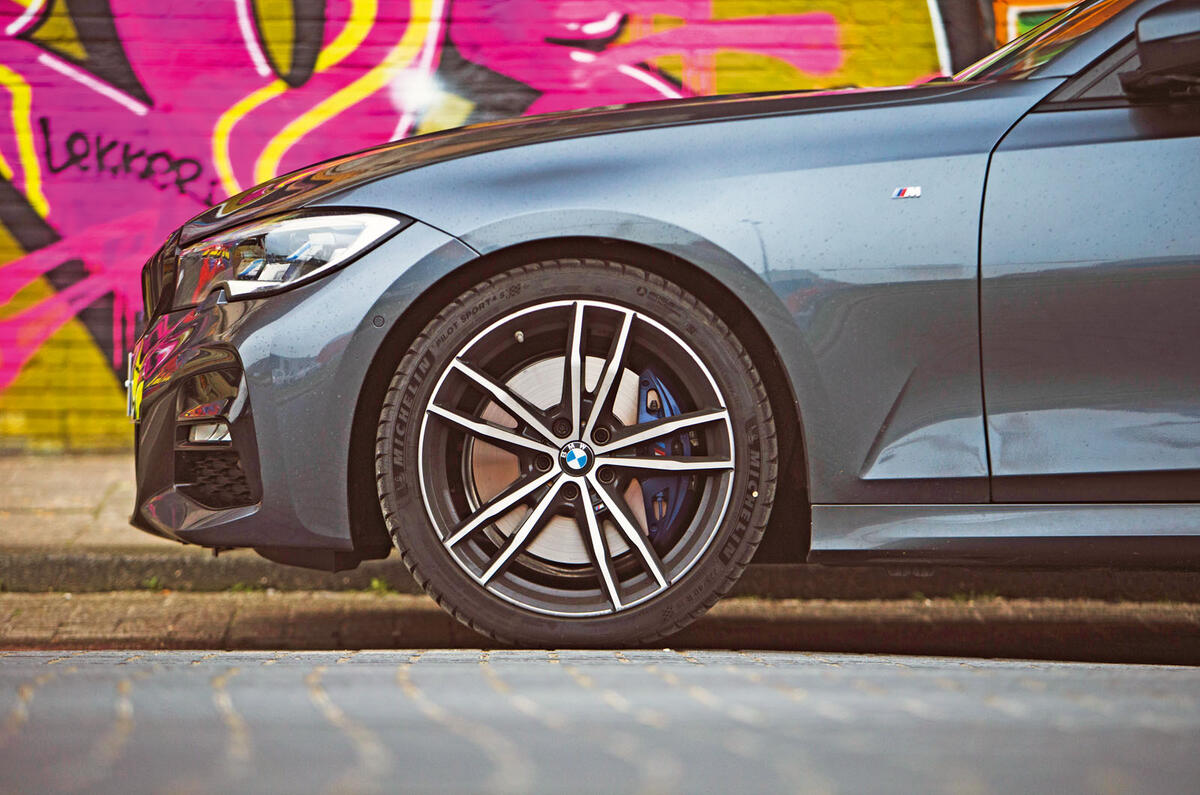
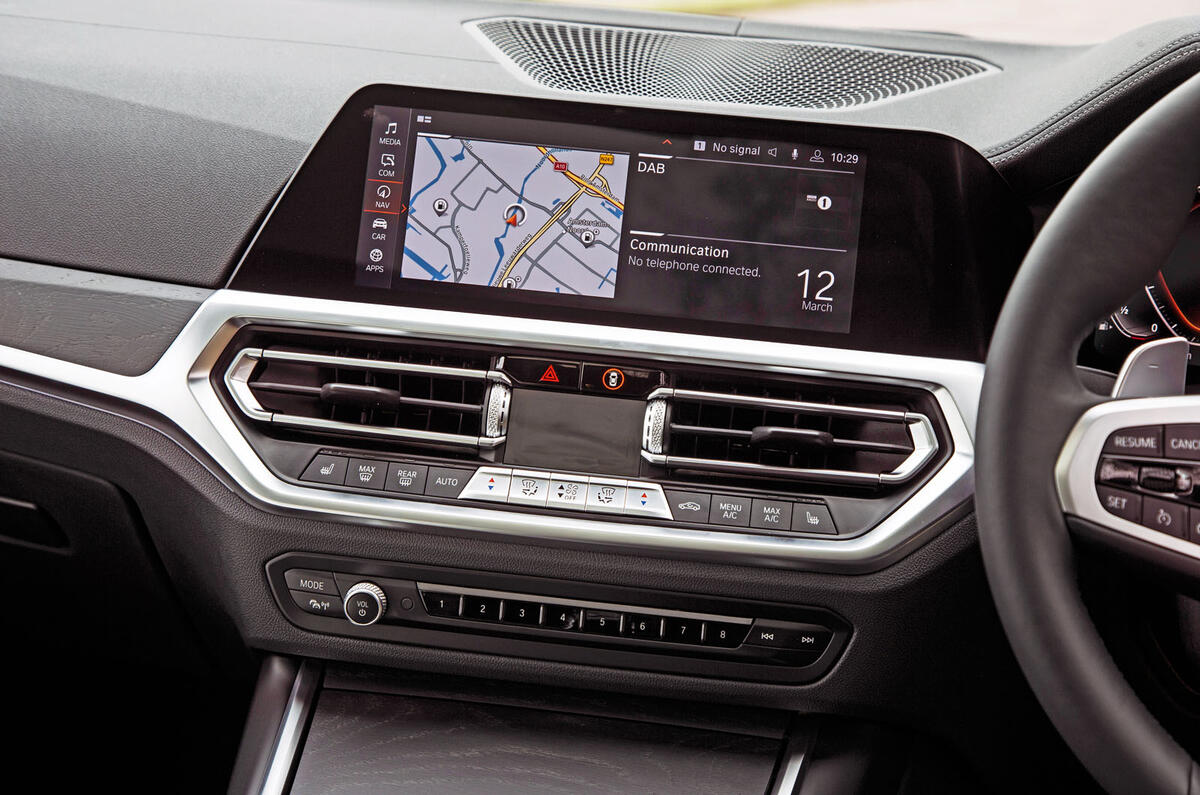
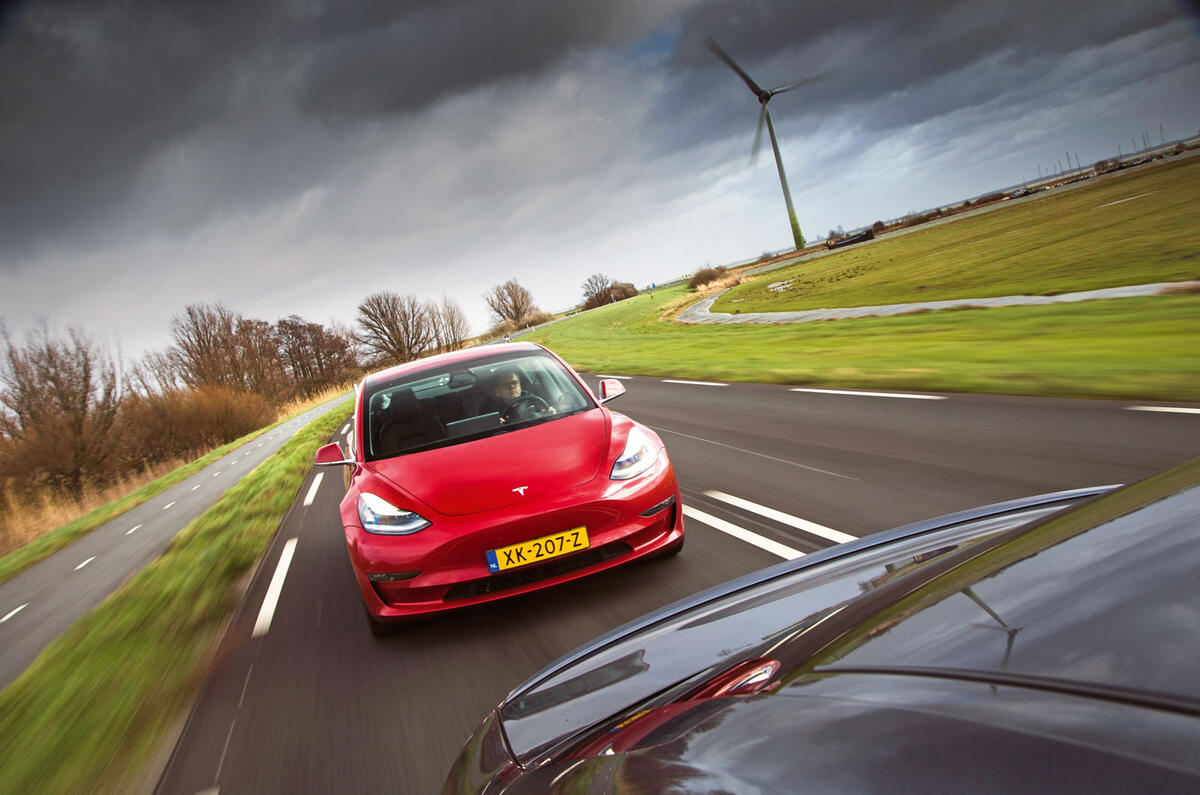
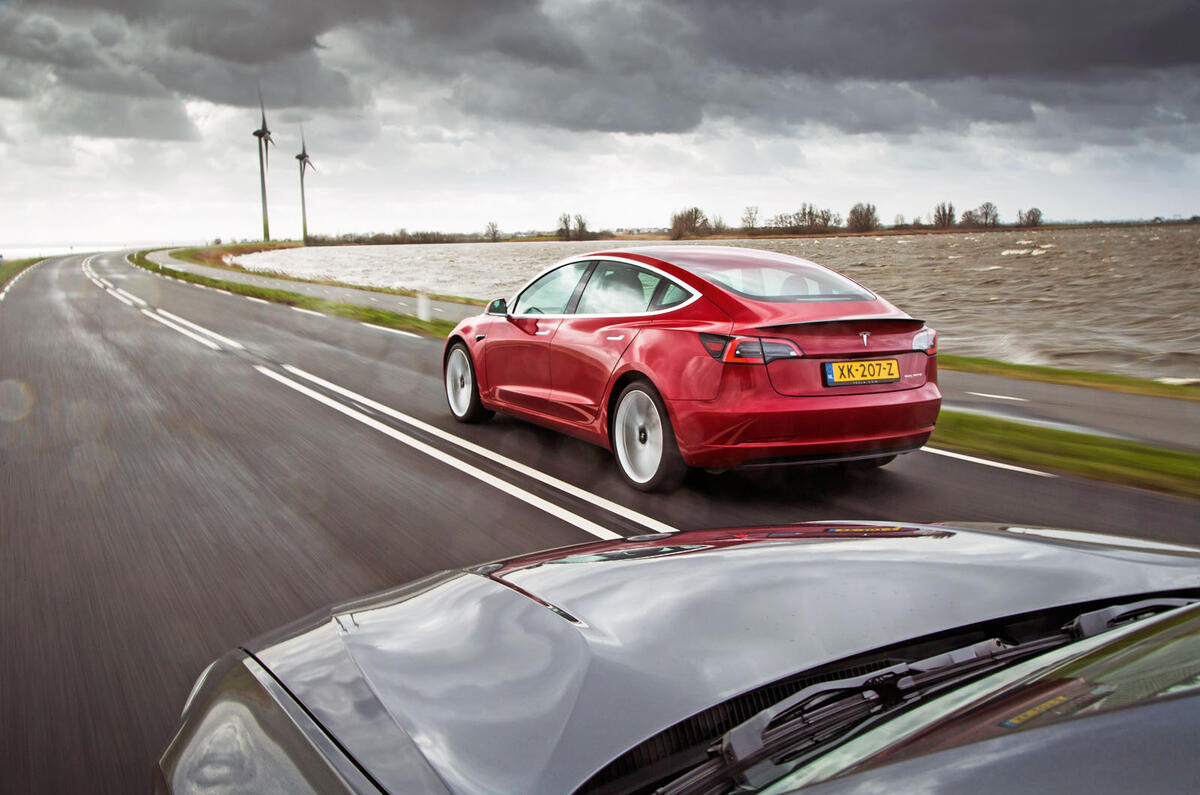
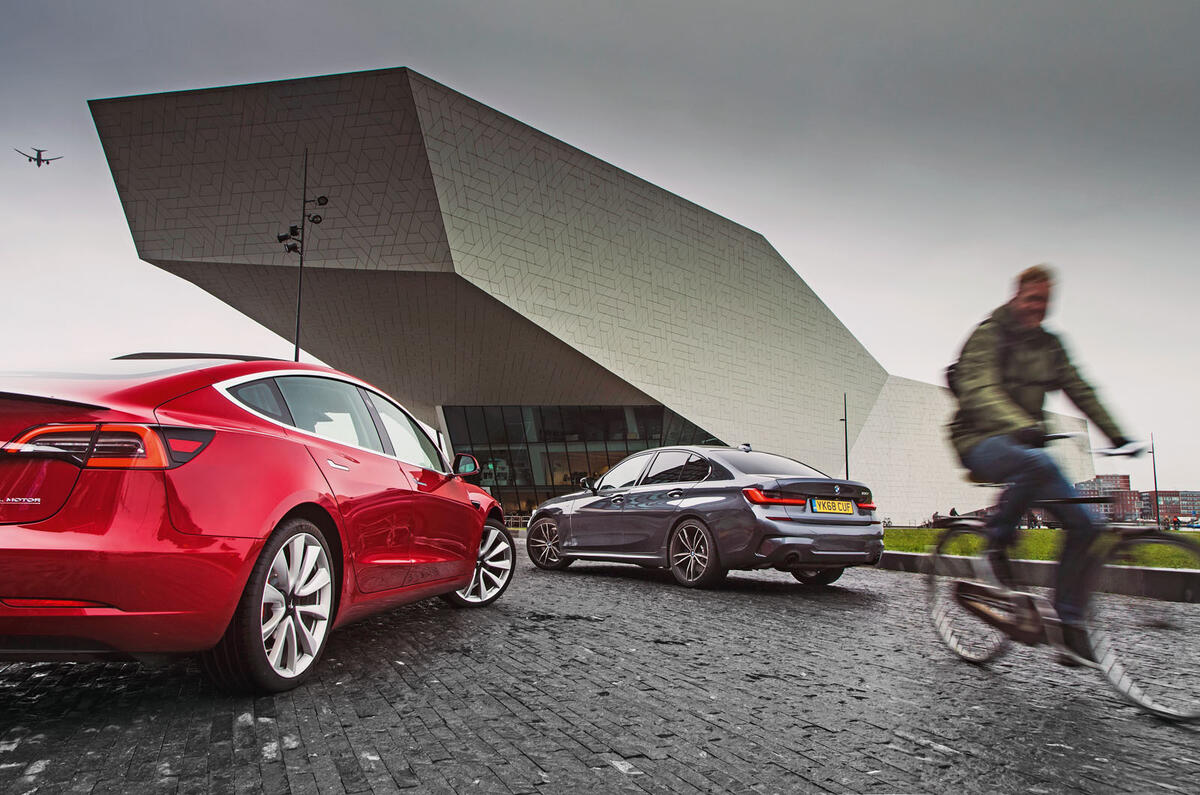
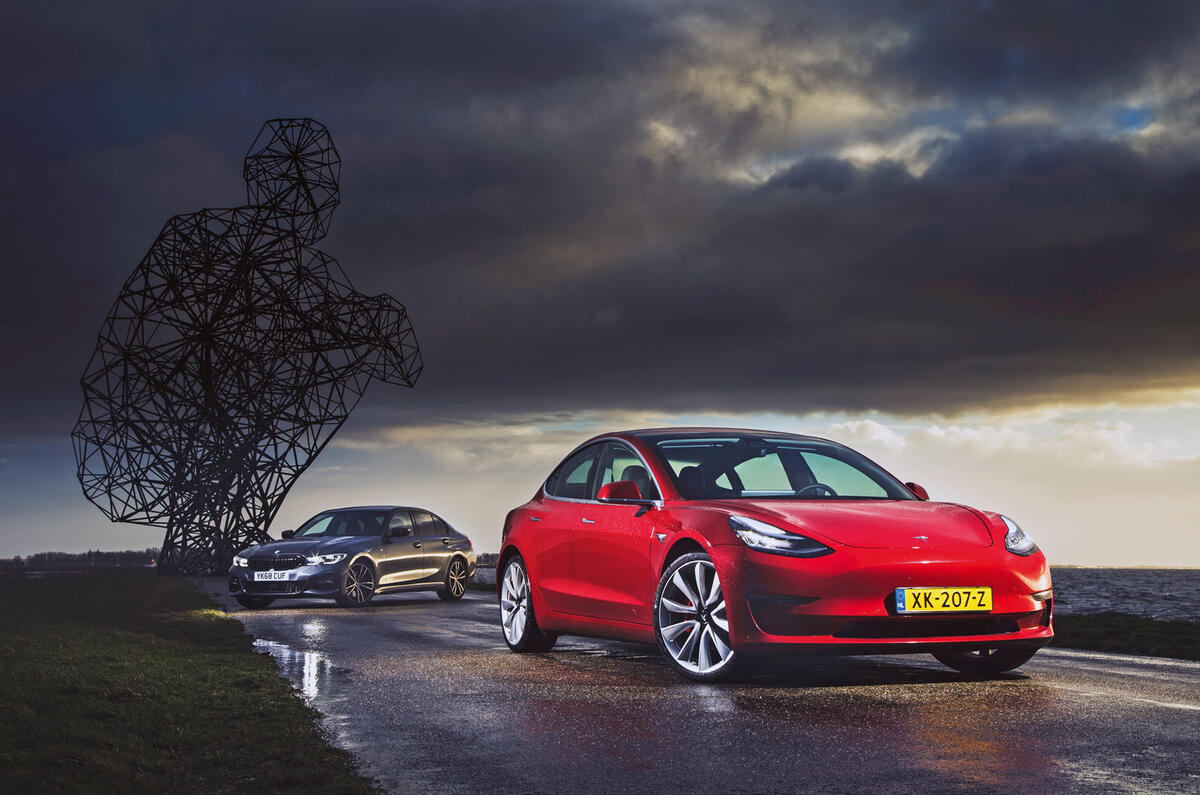
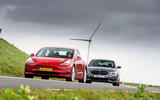

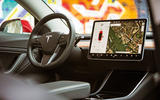
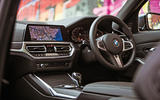


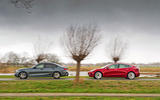

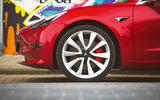
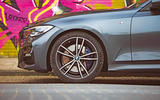


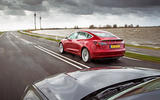



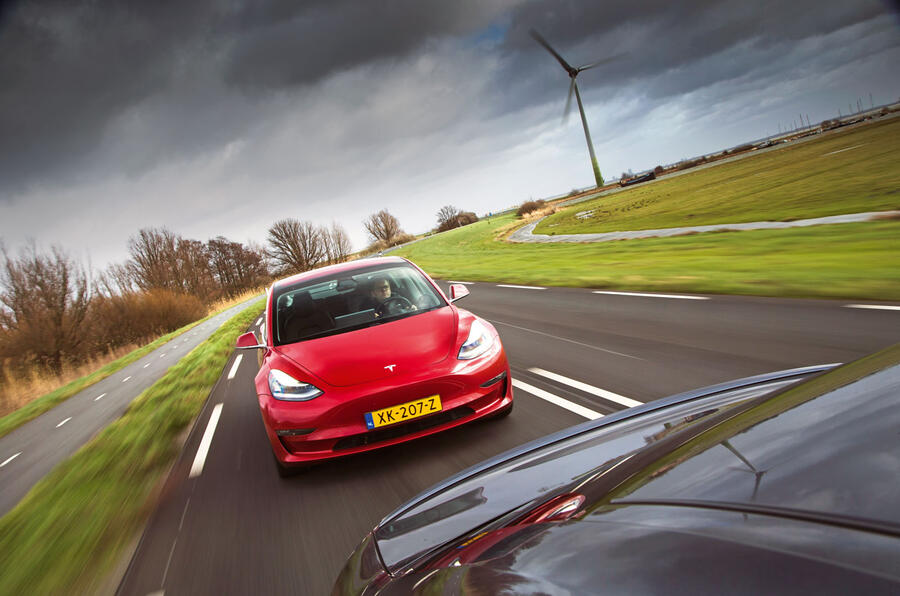
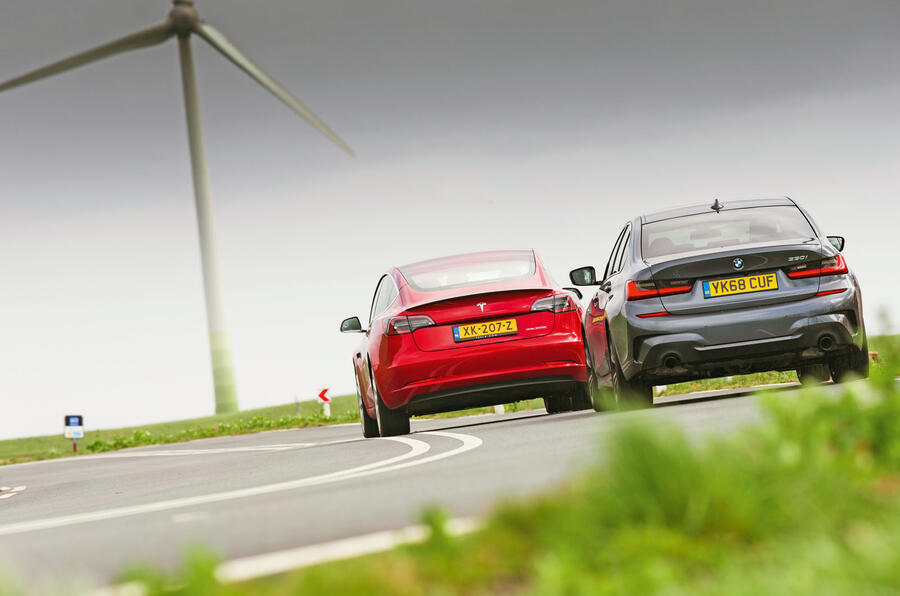
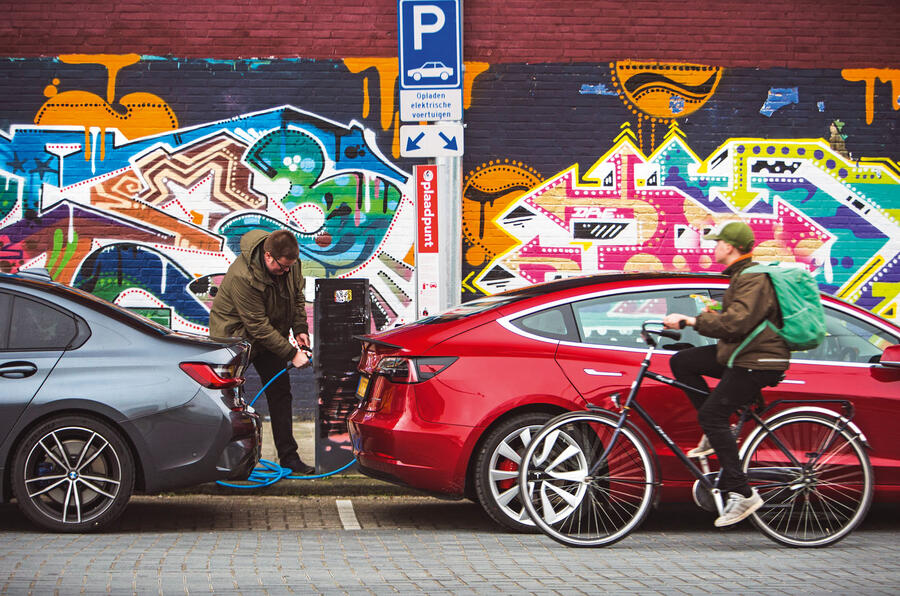
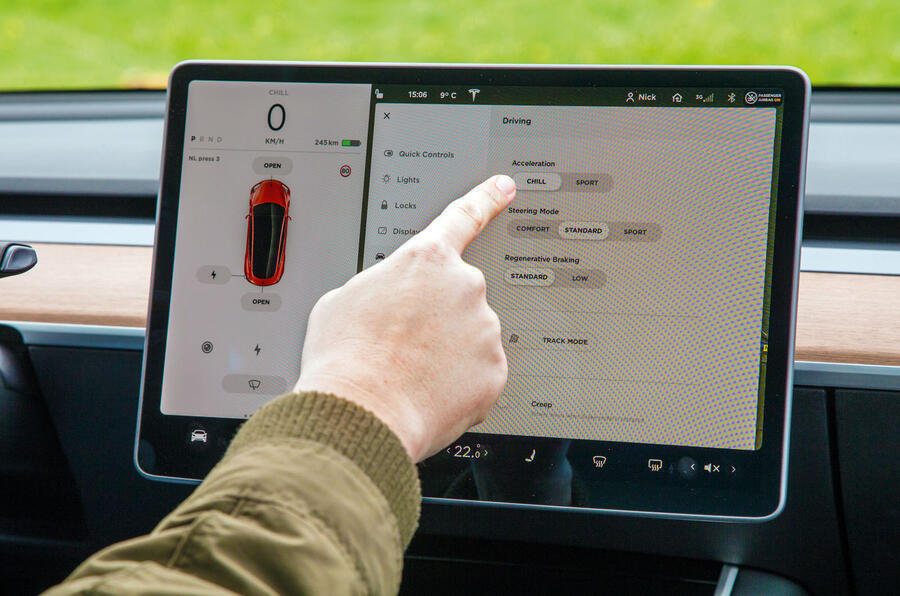
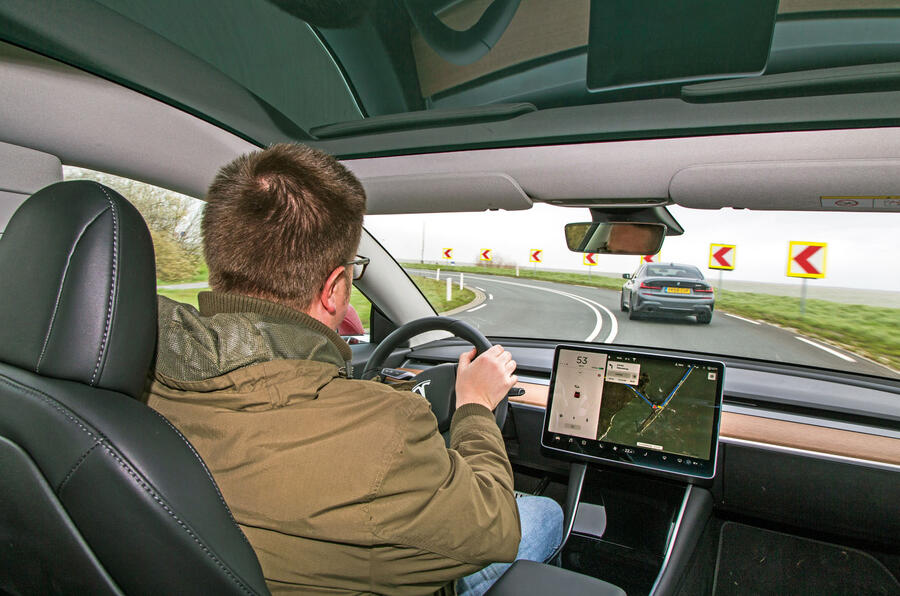
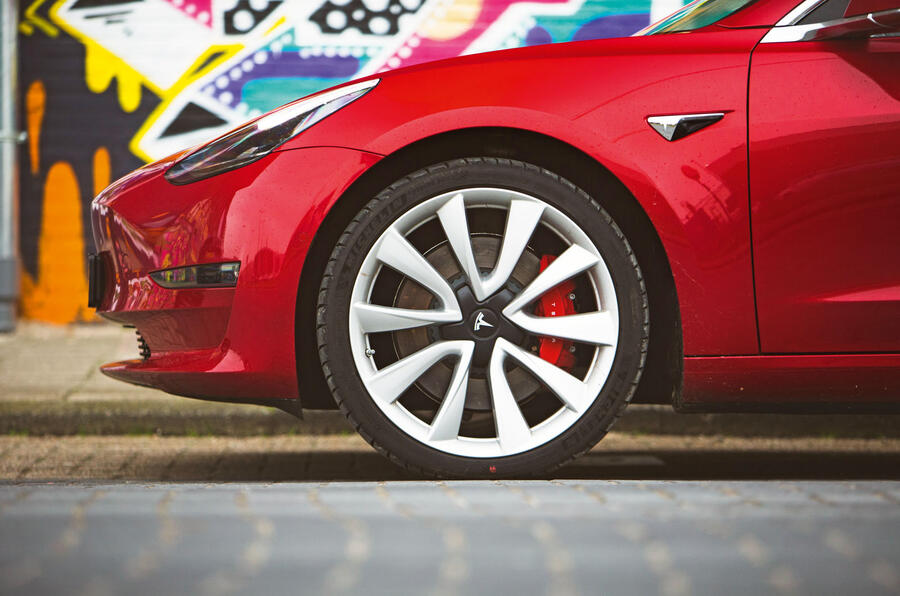
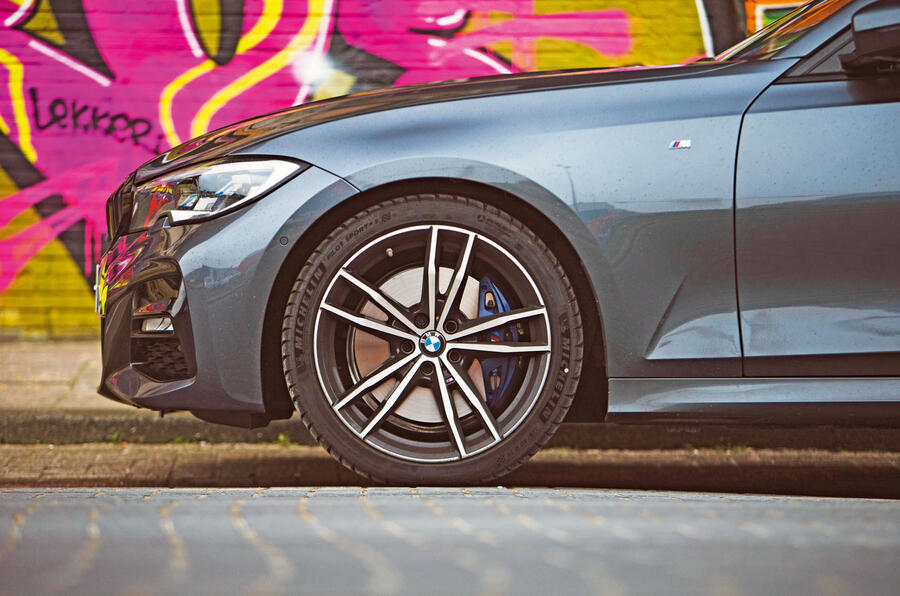
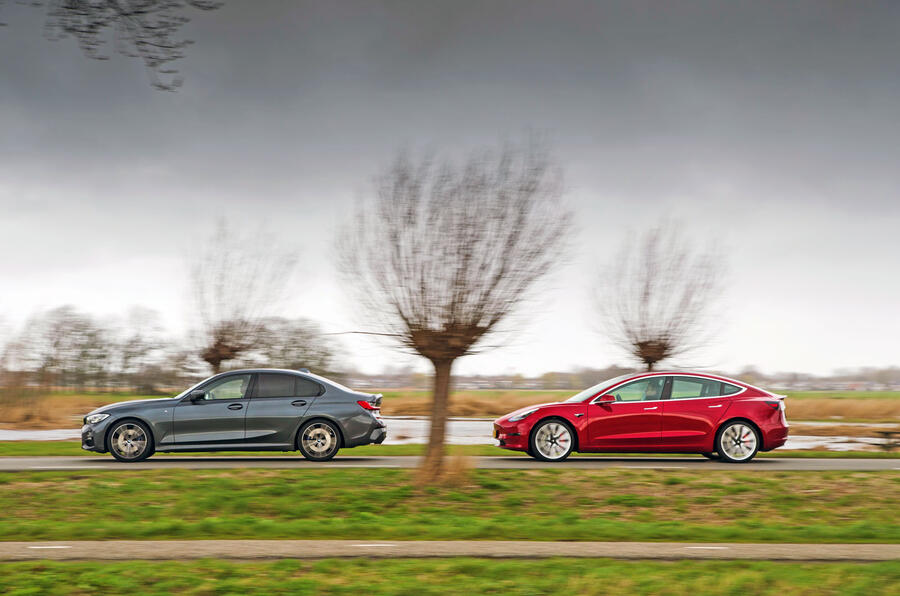

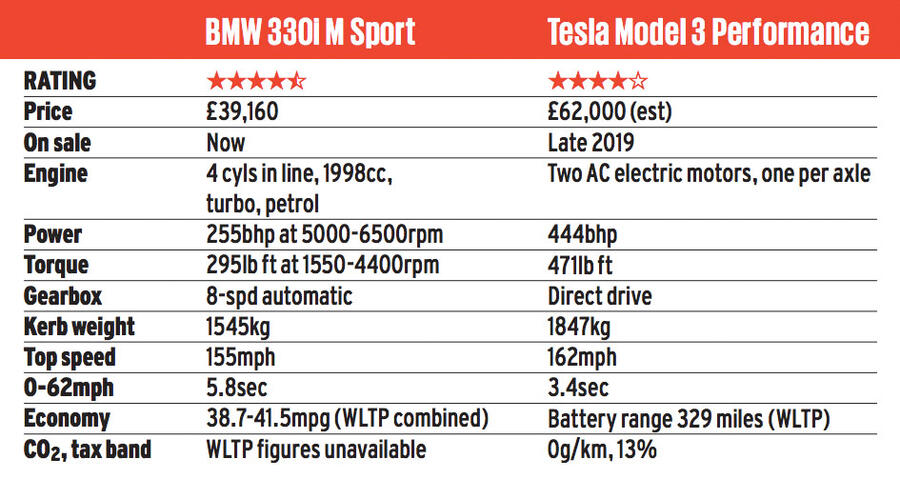





Join the debate
Add your comment
The simple answer is No. The BMW 330i is a much better handling car. Period. unfortunately I drive a Tesla model 3 performance now because I am too poor to drive a proper car. My BMW which I still own is a properly good car to drive. The way it handles, steering feel etc is not comparable. It seems like our governments are pushing the reviewers to lie about Electric cars which they promptly do. That was also the reason auto car can't provide a simple answer to the question of handling.
Tesla = overpriced turd
Tesla is a useless turd . over priced--remember when fraud enron musk said the car will be £29k-$35?, cheapest tesla is actually £40k..bait and switch from the conman [paying £6k+ for self driving upgrade that DOES NOT self drive...] .
Also the legendary crap made in the usa reliability
But the Tesla troll army will always spam and defend the cars.
autocar STOP tricking reader testing cars OUTSIDE the uk!!
It is misleading to potential buyers because car manufactures fly you over to switzerland or south of spain and put you in a 5 star hotel deliberately choosing the areas with the smoothest roads imaginable which hides the rock hard suspensions that would destroy your back in pot hole capital UK..
A Model 3 performance does 0
A Model 3 performance does 0-60 in 3.2 seconds and costs £56k (including a 10% tarrif), its pricing is very competitive vs an M3.
The current base Model is the Standard Range Plus, at £40k, to compare to US prices firstly remove the 10% tarrif, then remove the 20% VAT which they don't have in America.
Then account for the current $-£ rate (1.3) which gets you back to a $40k price. In the US that car is $38k, the 2k difference basically being the price of importing it to the UK.
So in the US the Standard Range Plus costs only 3K more than the orginal 35k target price for a more capable vehicle. They did sell the original base model for 35k US but take up was low and it was discontinued. So basically promise made and delivered.
I only have basic auto pilot and that is perfectly capable of driving on motorways and a-roads and is always improving.
Consider this, the Model 3 is such a compelling bit of engineering that despite being built in the US by US engineers for US tastes it is still outselling its rivals globally (how many US market cars make it over here). As Tesla goes to Germany next year expect locally tuned vehicles for EU/UK at which point the Germans are really stuffed.
Sorry to say this. But there is no comparison between Tesla and BMW M3. BMW M3 is a much better car in handling and in the experience department. Maybe it would be better to compare Tesla with other electric vehicles.
Stupid speeds
Why do Tesla EVs have to have such insane acceleration times? The average driver, not some plank with Nurbergring whatever stickers on the back, does not need sub 4 seconds anything. Can you imagine the carnage a just past his test rich kid who plants his foot down will do in this? or an elderly driver with failing eyesight and poor foot control?
Because they can.
Because they can.
To achieve long range you need a big battery and this is the majority of the driveline cost. The torque characteristics of an electric motor then allows you to dispense with a gearbox.
If you want to have a decent top speed you have to fit a relatively long gear ratio which means you need to fit a high torque motor to get decent acceleration.
The rear motor of a Model 3 was performance was independantly costed at around 850 dollars, so once you have the large battery adding massive performance has a low marginal cost and has zero impact on efficency unlike adding a larger engine to an ICE vehicle.
As to the carnage, you are aware that Tesla has already sold 750,000 of them, carnage has not ensued.